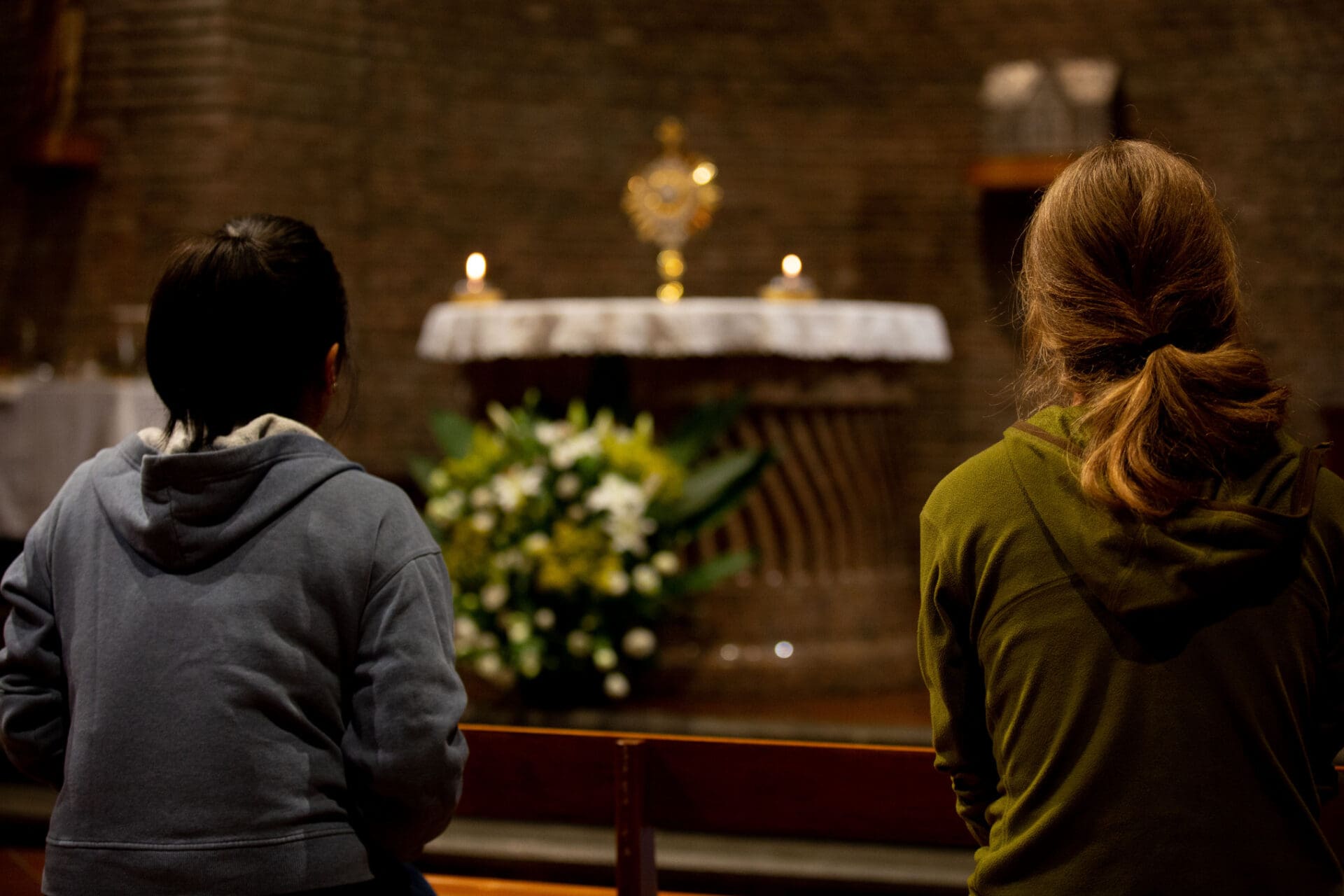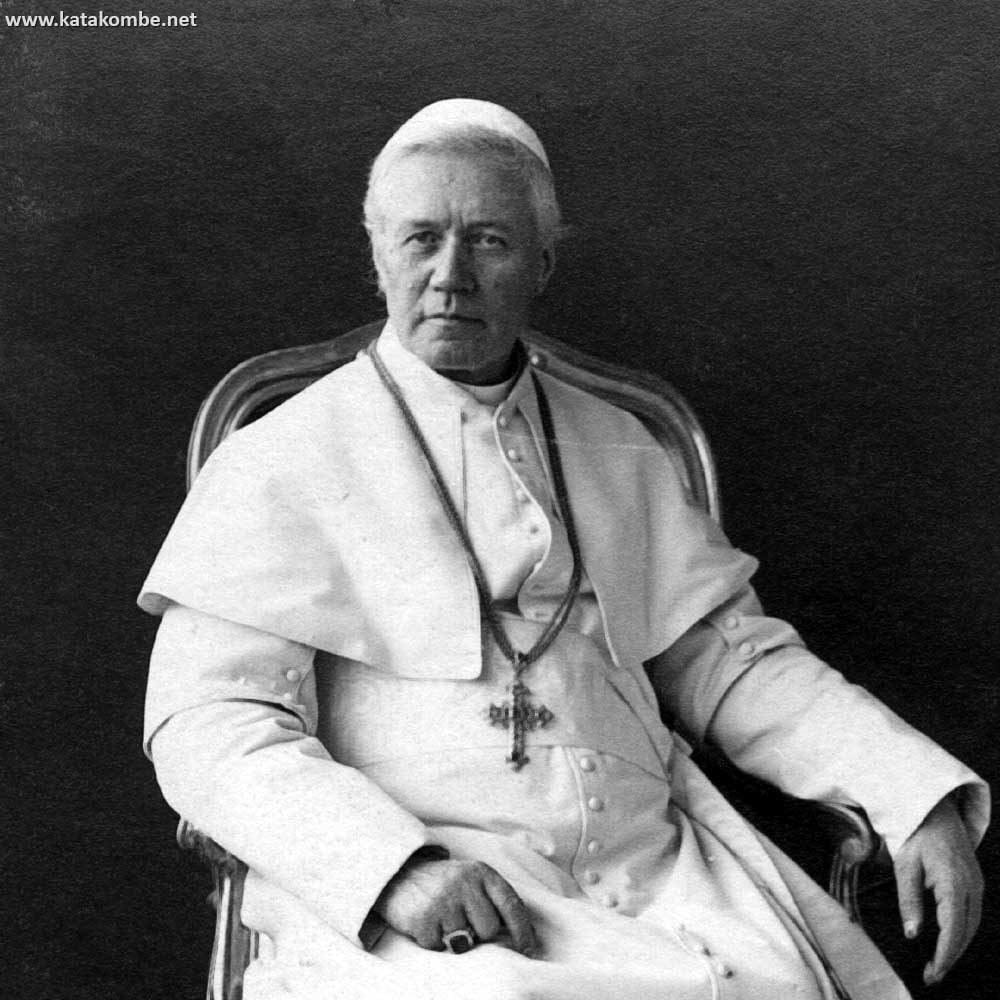The Synod of Bishops held at the Vatican, October 3-28, focused on how to better encourage young people to embrace their Catholic faith and to discern their vocation in life. The deliberations included a number of interventions by bishops that spoke of the Catholic liturgy. As part of the synod process, each of the synod fathers had been invited to offer an “intervention,” an instructional or clarifying statement lasting about 5 minutes.
Mea Culpa
On the second day of the synod, Archbishop Anthony Fisher of Sydney, Australia, offered an apology to young people in the Church. In an October 4 story for the National Catholic Register, Edward Pentin writes that Archbishop Fisher “issued a comprehensive mea culpa for all the ways in which bishops, priests, religious and lay people have failed young people.”
At the top of the archbishop’s list, Pentin reports, Archbishop Fisher acknowledged the “shameful deeds of some priests, religious and lay people” have committed against young people and the “terrible damage that has done.”
The archbishop also apologized on behalf of the bishops, Pentin writes, “for ‘unbeautiful and unwelcoming liturgies’ that have failed to inspire, for being denied the Church’s treasury of reconciliation, adoration and other devotions, and for ‘poor preaching, catechesis or spiritual direction that fails to convert.’”
Saving Beauty
On October 9 at the synod, Bishop Robert Barron also spoke about the Catholic liturgy as a keystone to renewing and maintaining the faith among young people, and, like Archbishop Fisher, he sees the beauty of the liturgy as the perfect entrée for young people to embrace the faith. Bishop Barron is auxiliary bishop of the Archdiocese of Los Angeles and founder of the multimedia Catholic apologetics endeavor, Word on Fire.
In his intervention, posted online on October 9 by the Catholic World Report, Bishop Barron noted that the beauty of the liturgy is a powerful draw to Catholics, young and old alike, and “part of the genius of Catholicism is that we have so consistently embraced the beautiful—in song, poetry, architecture, painting, sculpture, and liturgy. All of this provides a powerful matrix for evangelization.”
Bishop Frank J. Caggiano of Bridgeport, CT, also pointed to the liturgy’s beauty as a powerful way to bring youth to Christ. In an October 14 interview with Bishop Caggiano, J.D. Flynn of the Catholic News Agency writes that Bridgeport’s bishop sees beauty as “an important way to evangelize contemporary young people who ‘wonder whether or not they are lovable or loved.’”
According to Bishop Caggiano, Flynn writes, the Church is a treasure house of beauty—“in liturgy, art, music, poetry, and in new forms and mediums offered by digital technology” and that such beauty “captures hearts.”
“Try to imagine the first time you fell in love,” Caggiano said, quoted by Flynn. “The two immediate responses to falling in love are ‘I want to know about this person,’ and ‘I want to spend time with this person.’”
Similarly, in his remarks at the Synod, the Bishop urged that the liturgy be offered “as a celebration of the beautiful, the transcendent, with an engagement of the affective senses.”
Revised and Renewed
One of the prime locations of this encounter with Christ, Bishop Caggiano said, is the Catholic liturgy. To better facilitate this encounter in the Diocese of Bridgeport, Flynn reports, Bishop Caggiano has begun “revising…sacramental norms and liturgical policies in the diocese, with careful attention to the importance of beauty.” According to Flynn, a document reflecting these revisions is to be released later in 2018.
Flynn reports that Bishop Caggiano sees an intimate connection between how prayer informs respect for the liturgy. The bishop told CNA that “‘how we conduct ourselves at the liturgy can reveal’ something about what priests and other ministers believe about the importance of worship.”
For priests of Bridgeport, Flynn writes, Bishop Caggiano plans next month to formally launch the Confraternity of St. John Vianney, “an association of priests, including [Bishop Caggiano], who will commit to celebrating Mass daily, regular public and private participation in adoration of the Eucharist, and regular sacramental confession.”
The confraternity will serve as a school for priests, according to Bishop Caggiano, and each lesson will be taught through the sacraments.
“We are going to sit before the Lord and let him be our teacher,” Bishop Caggiano said, quoted by Flynn. “There is a natural stance that flows from a spirituality that is embedded in the belief in the real presence.”
Eastern Voices
Two archbishops from Eastern Europe, Archbishop Tadeusz Kondrusiewicz of Minsk, Belarus, and Archbishop Zbignevs Stankevics of Riga, Latvia, added their synodal voices to the call for greater appreciation of the Catholic liturgy among young people.
Archbishop Kondrusiewicz spoke at the synod on October 10, according to Andrea Gagliarducci in an October 12 report for CNA. “In his prepared intervention,” Gagliarducci writes, “Archbishop Kondrusiewicz asked the Synod fathers to emphasize the importance and centrality of the Eucharist in the final document.”
Gagliarducci reports that the archbishop said that the Instrumentum Laboris (the synod’s working document) has “great pastoral value,” but the archbishop also criticized the text for only mentioning the Eucharist twice and the sacraments only eight times.
“Archbishop Kondrusiewicz also remarked on the need to give more value to spiritual things in the final document,” Gagliarducci writes, “and backed those who raised the issue of the importance of liturgy.”
Intoning the Church’s perennial teaching on the liturgy, the archbishop sees the liturgy at the heart of the Church’s mission. “We should always remember that liturgy is the source and climax of Christian life,” he said, quoted by Gagliarducci, “and at the same time we must recognize that we lost this truth, and celebrations of Eucharist are turned into theater.”
According to Gagliarducci, Archbishop Kondrusiewicz said, “our duty, as shepherds, is to revive the true spirit and beauty of liturgy.” Gagliarducci writes that the archbishop “voiced his support for the proposal that the Congregation for the Divine Worship and Discipline of Sacraments draft a new document on the importance of adherence to liturgical norms.”
Our Fathers
In Archbishop Stankevics’s intervention, the Latvian prelate spoke on the importance of fathers in passing on the faith to their children. (“Though his intervention received much consensus,” Gagliarducci writes, “the issue was not included in the minor circles reports.”)
Although Archbishop Stankevics does not mention the liturgy specifically, he said in Gagliarducci’s report that “it is the father’s task to care for his family’s relationship with God and encourage (his) wife and children in practicing the faith.”
According to Gagliarducci, the archbishop said, “Data show that when a father is seriously involved in faith issue, there is a 75 percent probability that (his) children will follow him, while when only the mother is involved in the faith, there is just a 15 percent chance that (her) children will follow” and “when a mother converts, the family converts after her in 17 percent of cases, while when a father converts, the family will convert in 93 percent of cases.”
Converting Hearts
On October 16, Archbishop Jose Gomez of the Archdiocese of Los Angeles also spoke about the importance of conversion in the faith life of young people.
According to a CNA report filed that same day, “Gomez emphasized that calling young people to ‘conversion and new life in Christ’ should be a priority in the synod’s final conclusions, and that the Church is called to serve and accompany young people on that journey.”
The CNA reports that Archbishop Gomez said this journey should above all be taken in prayer and, through prayer, in service on Christ’s behalf to the world.
In Archbishop Gomez’s estimation, it is the Church’s work, the CNA report states, to set “an example of how to pray, helping young people meet the Lord in the Sacraments of the Eucharist and Confession, encouraging them to perform works of mercy for the poor, and cultivating a devotion to the Blessed Virgin Mary.”


